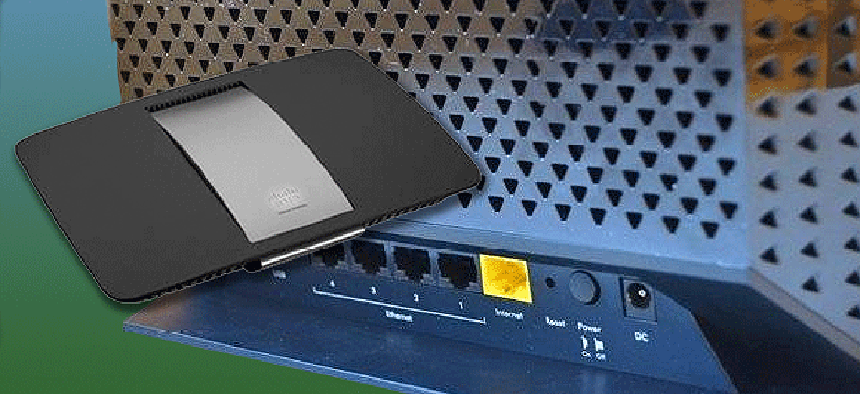That was fast: High-speed wireless routers show up early


Connecting state and local government leaders
New 802.11ac models are appearing ahead of the new standard’s adoption, and are even certified by IEEE.
GCN has been testing IEEE 802.11-type wireless routers since 2003, and it's always amazing to see the next great leap in technology. We've seen speed improvements from the 11 megabits/sec maximum of the old 802.11b standard to the (theoretically possible) 600 megabits/sec found in the 802.11n standard today.
The next great leap will be to the new 802.11ac wireless technology, with devices already certified for use and available right now, even before the new standard is officially adopted.
It's not really a surprise that router manufacturers are jumping the gun, though. We saw this in 2009 with 802.11n, when companies would sell "draft" versions of the new technology far before the standard was finalized.
For the most part, buying a "draft" device isn't risky at all, even though the standard could change slightly. Most routers can be flash updated, so changes can be incorporated into the device easily, especially since it's likely to be always connected to the Internet. And the Institute of Electrical and Electronics Engineers, the professional association that sets the standards, is playing along this time and certifying devices for 802.11ac use ahead of the standard’s adoption, which is expected next year.
The new standard is probably important for feds and others with large wireless networks because it is yet another quantum leap over what came before. The 802.11ac standard uses the 5-GHz band, which is less congested today than the 2.4-GHz band, used extensively by 802.11n access points to serve everything from printers to PCs, laptops, tablets and phones. The new ac specification calls for a single link throughput of at least 500 megabits/sec, but also allows for up to eight streams. Combined together, an 802.11ac router could, under perfect conditions, allow for a 1.3 gigabits/sec wireless connection.
Unfortunately, the new devices that IEEE has certified are expensive at the moment. I'm not sure if paying $300 for a new ac access point is worth it, unless of course office networks are failing because of too many devices trying to hook up at the same time to the 802.11n hardware, or unless there’s interference from devices on other floors or nearby workspaces. Then again, one has to consider getting wireless adaptors for devices that can make use of the new ac signal without defaulting back to the older standard, which will add to the cost. Eventually every device and computer will come with ac enabled, but it might take a while, given that the standard will not be official till 2014 -- if it stays on schedule.
The other thing to consider is that there’s no advantage to having 1.3 gigabits/sec wireless if the actual network can't support it. In those offices still on a standard Ethernet grid, that speedy wireless will hit a wall once the signal reaches, ironically, the wired network, the first time that has been a problem for anyone.
Now in terms of predicting the future, I suspect that wireless companies will be very interested in the new ac standard. Adding wireless hotspots could really take the load off of cellular networks. Then again, that could lead to the 5-GHz band getting just as clogged up as the 2.4-GHz band is now. Then I guess it will be time to invent something else.




